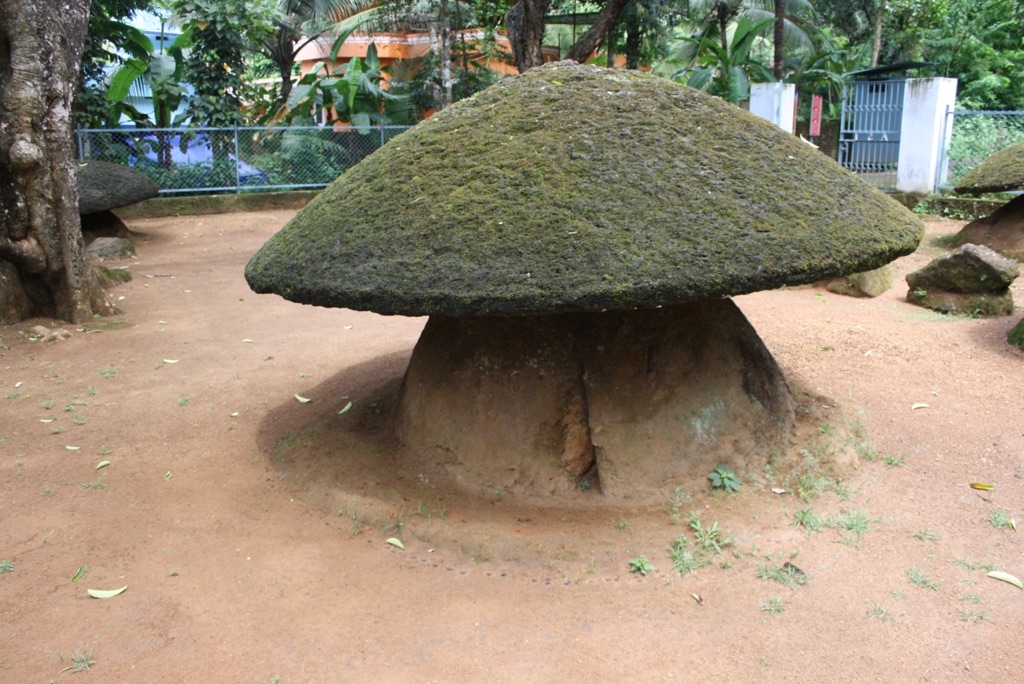The Ariyannur Umbrellas are a significant megalithic site located in Kerala, India. These ancient burial stones, also known as ‘Kudaikkallu,’ resemble huge umbrellas and date back to the Iron Age. They are a testament to the region’s prehistoric culture and have intrigued archaeologists and historians alike. The site comprises several umbrella stones, which are large, mushroom-shaped laterite structures. They are believed to mark burial sites and have been a subject of fascination due to their unique shape and construction.
Ancient Artifacts
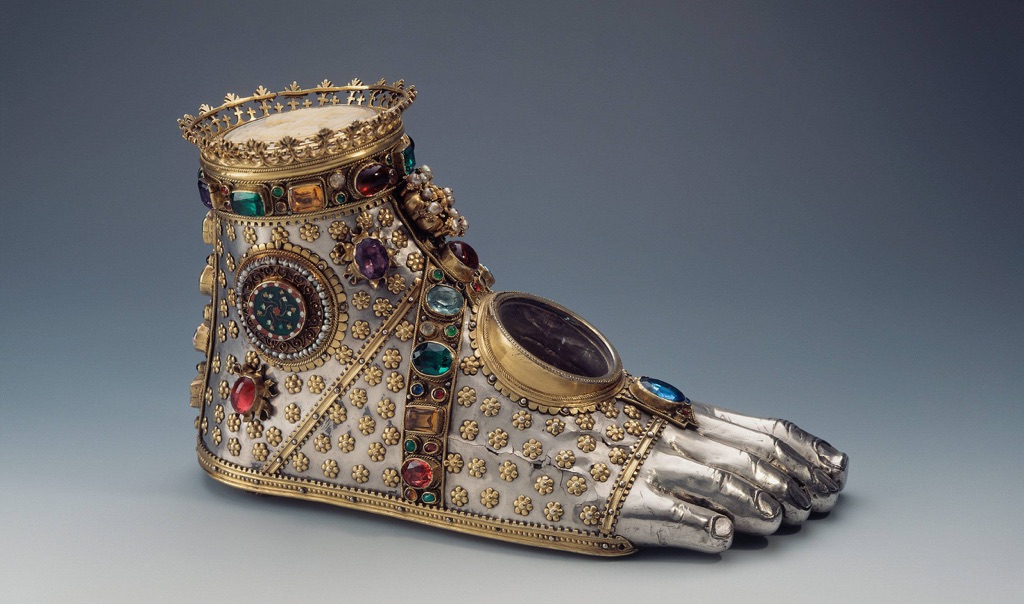
Moving to the East, ancient China artifacts like bronze vessels and oracle bones shed light on the rituals and governance of early Chinese dynasties. These artifacts highlight China’s long history of craftsmanship and written language. Similarly, ancient Egyptian artifacts are world-renowned, particularly for their funerary art, such as the treasures from King Tutankhamun’s tomb. These pieces reflect the Egyptians’ beliefs about death and the afterlife. Artifacts are not just old objects to be displayed in museums; they are keys to unlocking the secrets of human development across the ages. They preserve the ideas and values of people who lived thousands of years before us. Through careful study, they teach us about our collective history and heritage.
Among the most famous ancient artifacts in the world is the Rosetta Stone. Discovered in 1799, this granodiorite stele was the key to understanding Egyptian hieroglyphs—a script made of small pictures that was used originally in ancient Egypt for religious texts. The Rosetta Stone is inscribed with a decree issued at Memphis in 196 BC on behalf of King Ptolemy V. The decree appears in three scripts: the upper text is Ancient Egyptian hieroglyphs, the middle portion Demotic script, and the lower Ancient Greek. Because it presents essentially the same text in all three scripts, it provided the crucial link for scholars to decipher Egyptian hieroglyphs, thereby opening a window into ancient Egyptian history.
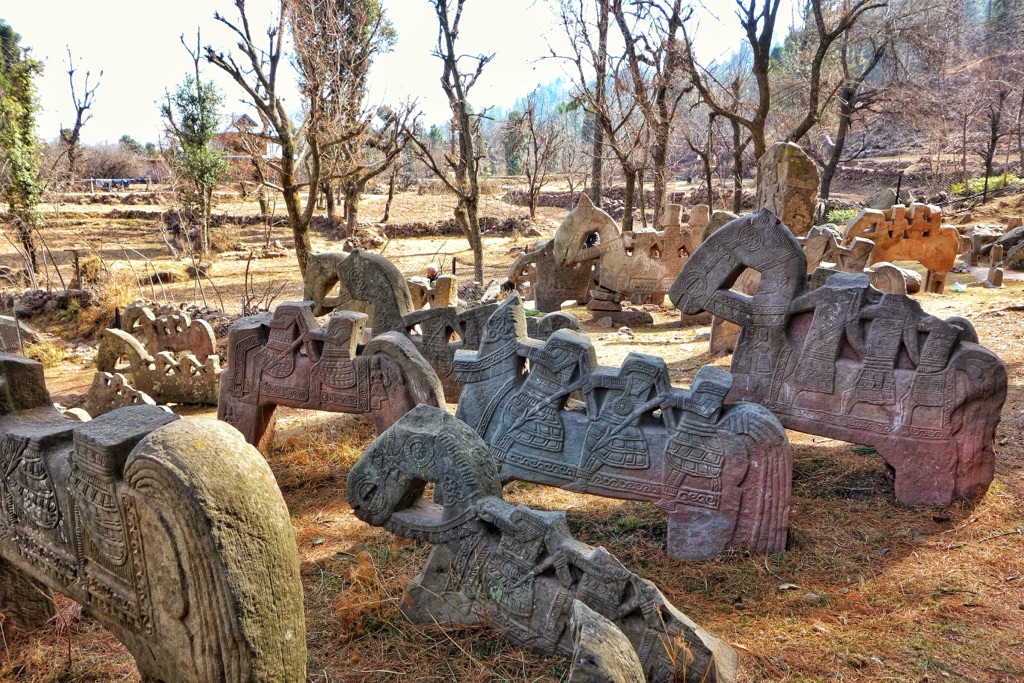
The title of the oldest artifact on earth goes to the stone tools found in Lomekwi 3, Kenya, which date back to 3.3 million years ago. These tools predate the earliest known humans and suggest that tool-making was a part of our pre-human ancestors’ way of life. These ancient tools mark a significant milestone in human evolutionary history, indicating the beginnings of technology and innovation. They are not just simple objects; they represent the dawn of human ingenuity and the very first steps towards the complex societies we have today.
An ancient artifact can be defined as any item made or used by humans in ancient times that has cultural, historical, or archaeological significance. These artifacts can range from monumental structures like the pyramids of Egypt to small, everyday objects like Roman coins. They can include items as diverse as weapons, clothing, and artwork. Each artifact, no matter its size or apparent significance, offers a glimpse into the lives of those who came before us, providing evidence of past behaviors, beliefs, and social structures.
Famous ancient artifacts not only include monumental finds like the Rosetta Stone or the treasures of Tutankhamun’s tomb but also the Terracotta Army of China, the Dead Sea Scrolls, and the Venus of Willendorf. The Terracotta Army, buried with the first Emperor of China, Qin Shi Huang, consists of thousands of life-sized figures meant to protect the emperor in the afterlife. The Dead Sea Scrolls, discovered in a series of caves near the Dead Sea, are ancient Jewish texts that offer invaluable insight into the history of Judaism and the early text of the Bible. The Venus of Willendorf, a small Paleolithic figurine discovered in Austria, dates back to about 28,000 BCE and is thought to represent fertility. Each of these artifacts, in its own way, has reshaped our understanding of human history, offering evidence of the complexity, diversity, and ingenuity of ancient civilizations.
List of Discovered Ancient Artifacts
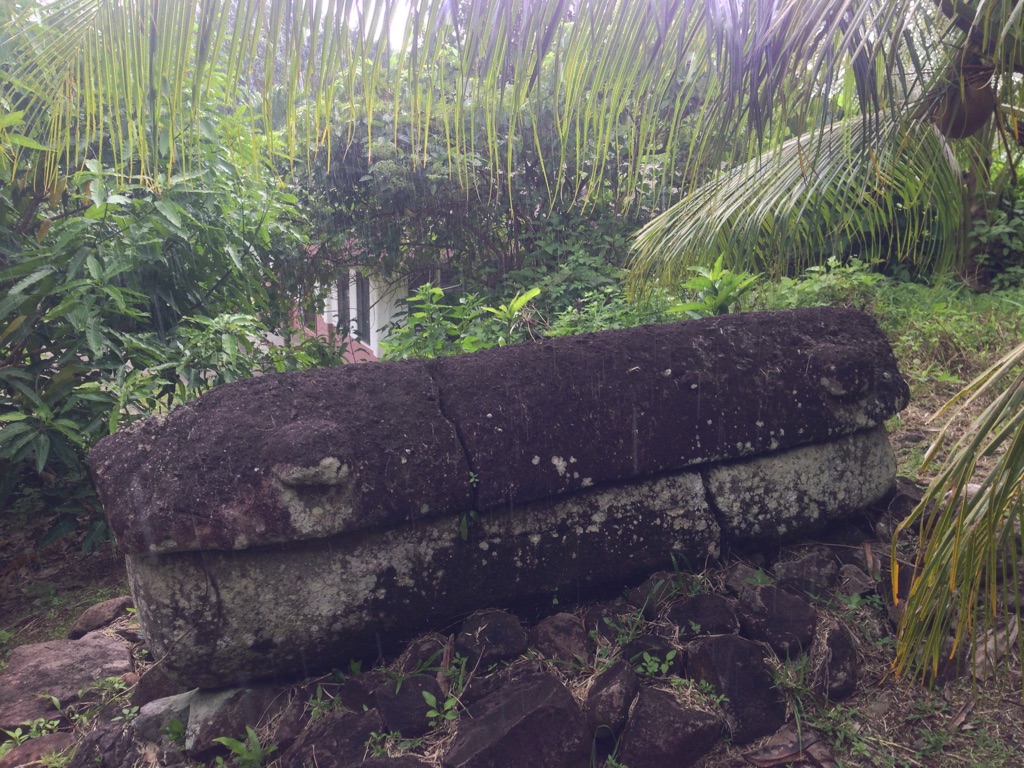
Tet el Bad Stone Coffin
The Tet el Bad Stone Coffin is a significant archaeological artifact located in Palau, a group of islands in the Pacific Ocean. This ancient stone coffin, carved from a single piece of rock, is a testament to the island’s early inhabitants and their burial practices. It provides valuable insights into the cultural and historical context of the region. The coffin’s discovery has sparked interest among historians and archaeologists, leading to various theories about its origin and purpose.
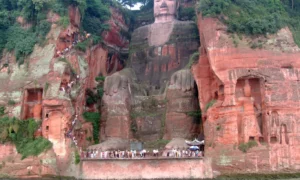
Leshan Giant Buddha
The Leshan Giant Buddha is a monumental statue carved into the side of Mount Lingyun in Sichuan Province, China. Towering at 71 meters (233 feet) tall, it represents Maitreya Buddha and overlooks the confluence of three rivers. It is the largest stone Buddha in the world and a masterpiece of Buddhist art. The construction began in 713 AD, led by a Chinese monk named Haitong, and was completed in 803 AD, long after his death. This colossal structure is not only a significant religious symbol but also an incredible feat of engineering. It has been a UNESCO World Heritage Site since 1996, attracting visitors from around the globe.
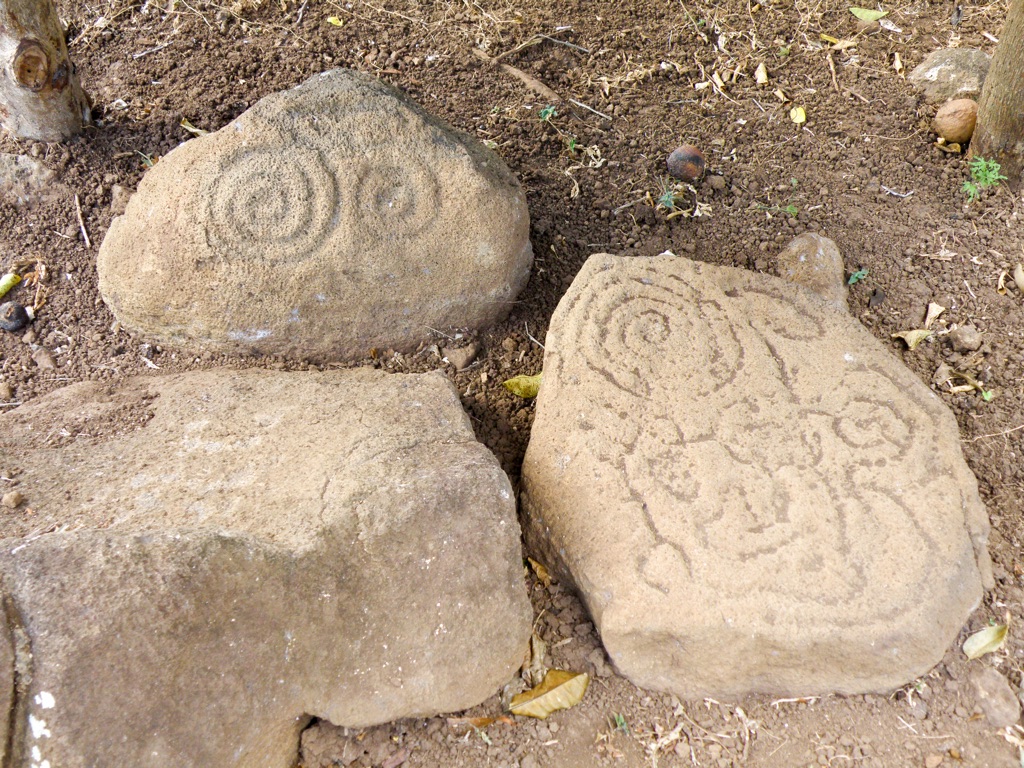
Ometepe Petroglyphs
The Ometepe Petroglyphs are a collection of ancient rock carvings found on Ometepe Island in Lake Nicaragua. These petroglyphs are significant due to their quantity, quality, and the light they shed on the island’s pre-Columbian inhabitants. They depict a variety of images, including spirals, abstract forms, and human-like figures, suggesting a rich cultural and religious life. The petroglyphs are scattered across the island, with some located in remote areas, making them a subject of intrigue and study for archaeologists and historians alike.
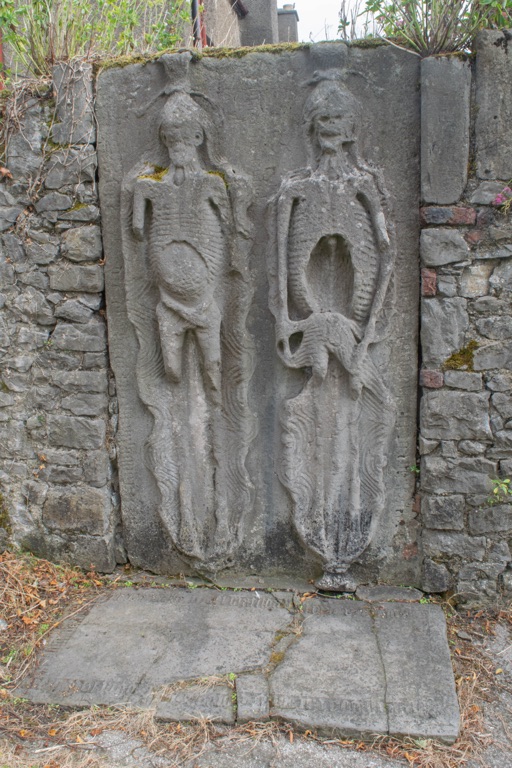
Cadaver Monuments
Cadaver monuments, also known as transi or memento mori tombs, are a type of funerary art. They depict the deceased in a state of decay. These monuments were particularly popular in the late medieval period. They served as a stark reminder of the transience of life and the physical decay that follows death. Often, they feature sculptures of skeletons or decomposing bodies. They were a powerful symbol of piety and reflection on mortality.
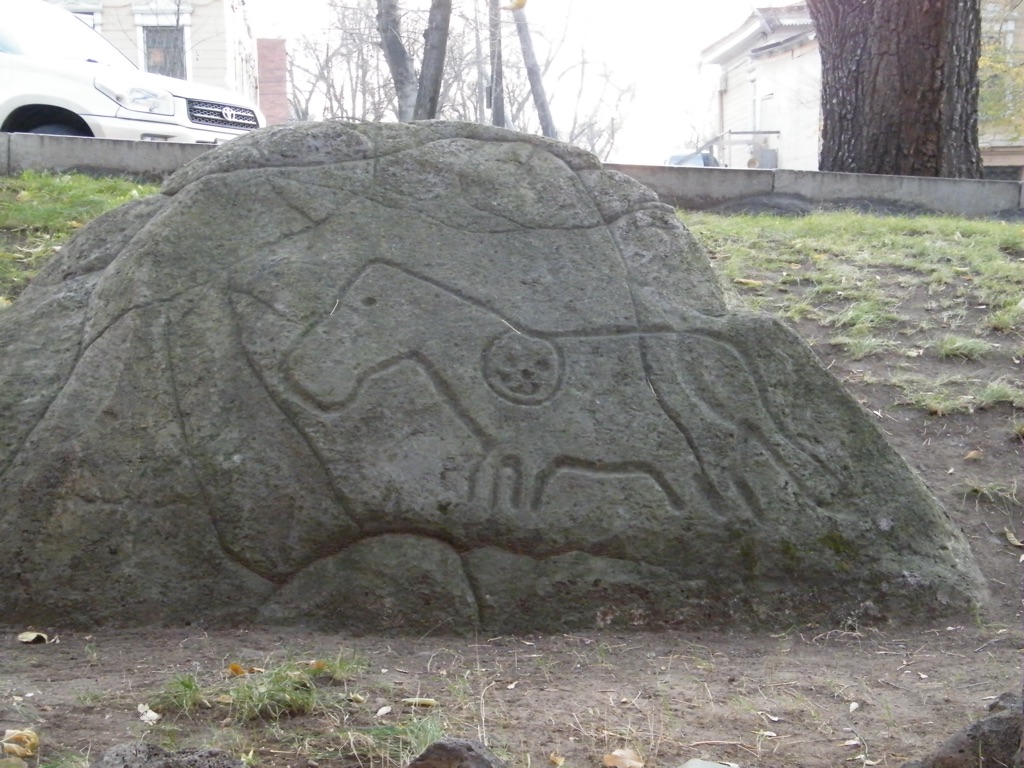
Petroglyphs of Sikachi-Alyan
The Petroglyphs of Sikachi-Alyan are a collection of ancient rock carvings found on the banks of the Amur River in Russia. These engravings depict a variety of scenes and symbols, including animals, boats, and mysterious figures. They offer a window into the spiritual and daily life of the indigenous peoples of the region, dating back to the Neolithic period. The petroglyphs are a testament to the artistic expression and cultural significance of the area’s ancient inhabitants.

